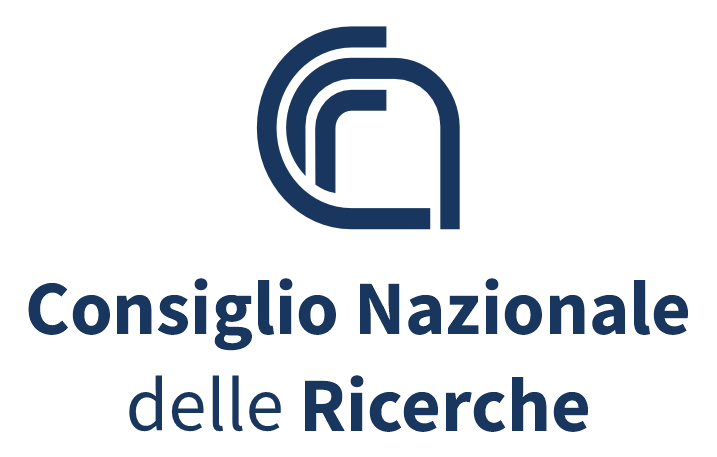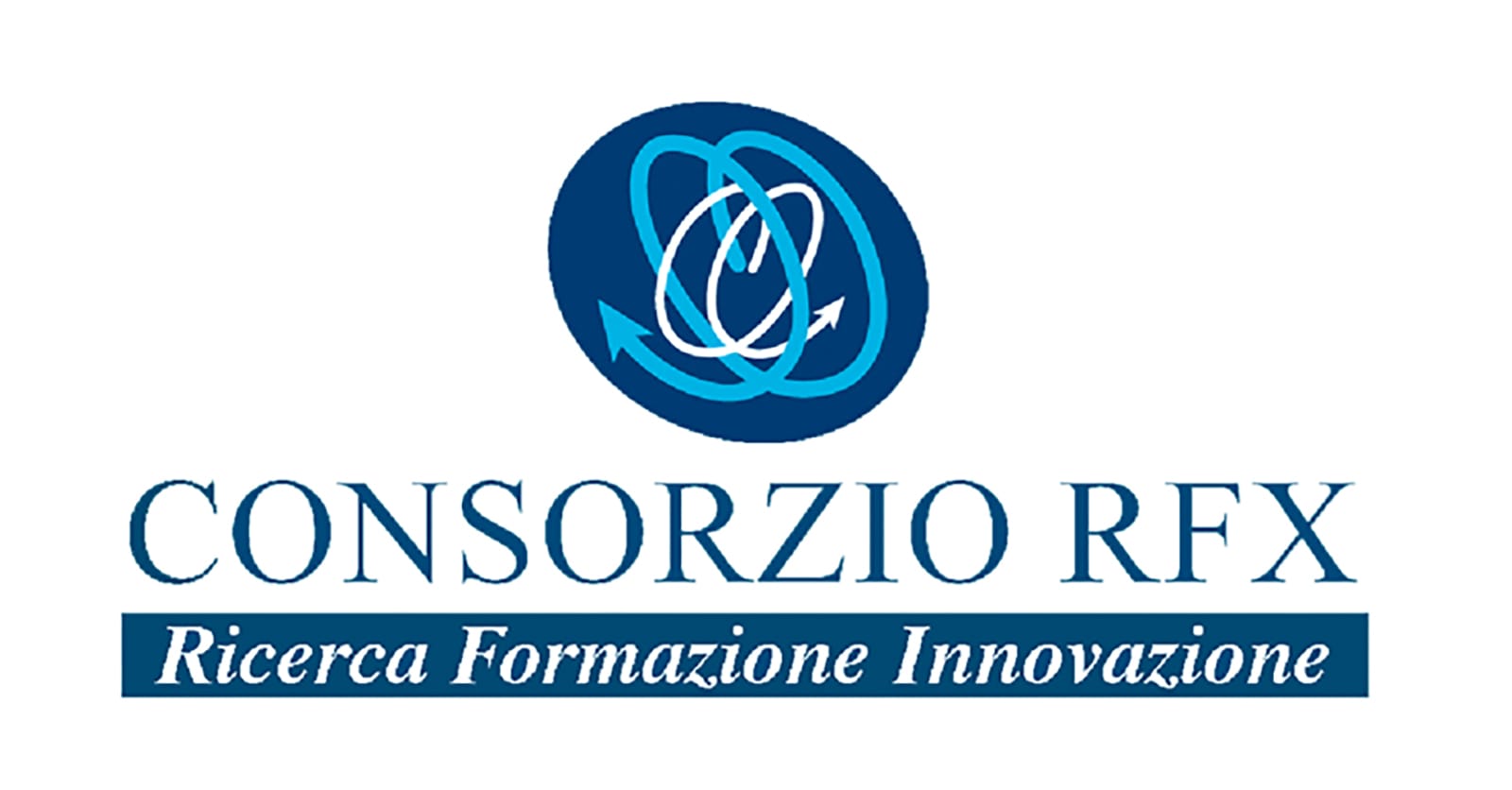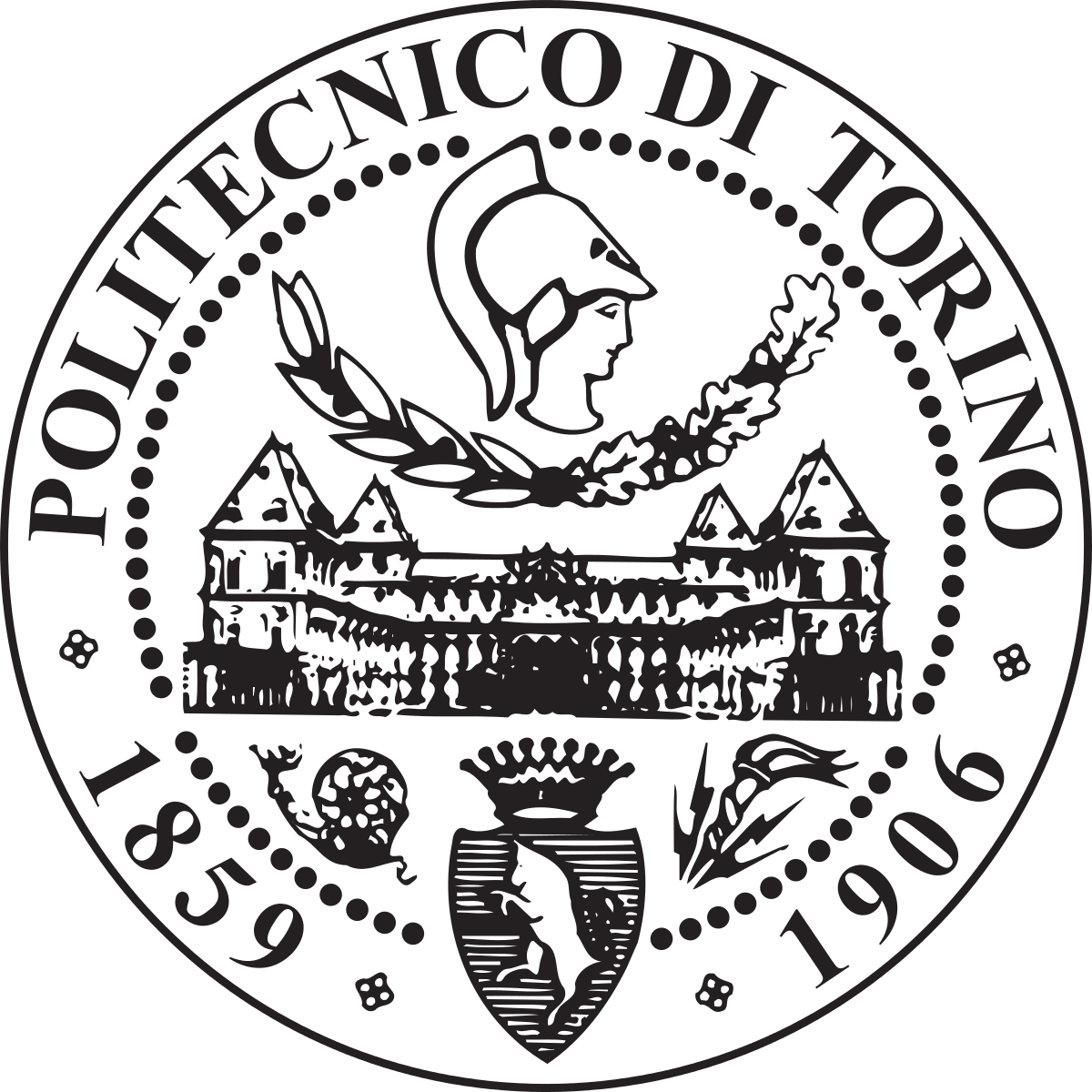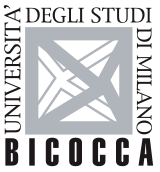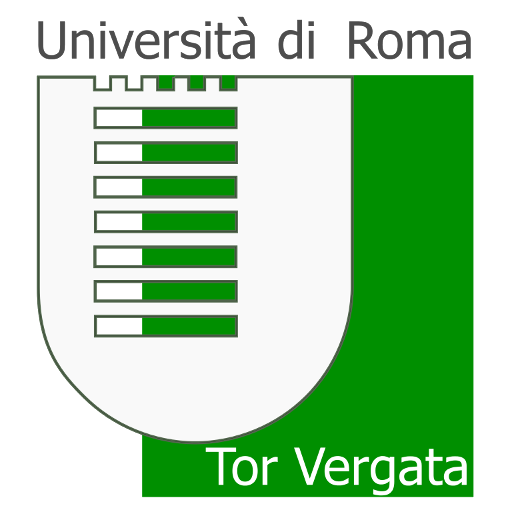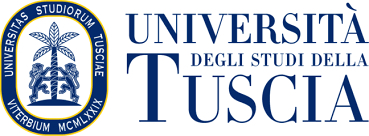ITALY AND THE DIVERTOR TOKAMAK TEST (DTT) PROJECT
Italy has committed itself to the peaceful use of fusion since the 1955 Geneva Conference .
The Conference, which took place during the “cold war” period, brought together scientists from all over the world in a strong collaborative and cohesive spirit that has been maintained over time and it is now expressed at best by the joint construction of the ITER experiment.
Italy has been a major player in the EURATOM program on fusion energy, being among the countries with the largest involvement in both physics and technology research. As a result of the Italian effort in fusion, a large number of Italian industries have been able to successfully participate in the ITER construction.
Italy is now engaged in the construction of the Divertor Tokamak Test (DTT) facility – a central element of the EUROfusion roadmap.
DTT will be the main European tokamak to operate in parallel to ITER and the main research infrastructure available in Europe to prepare for ITER operation and DEMO design.
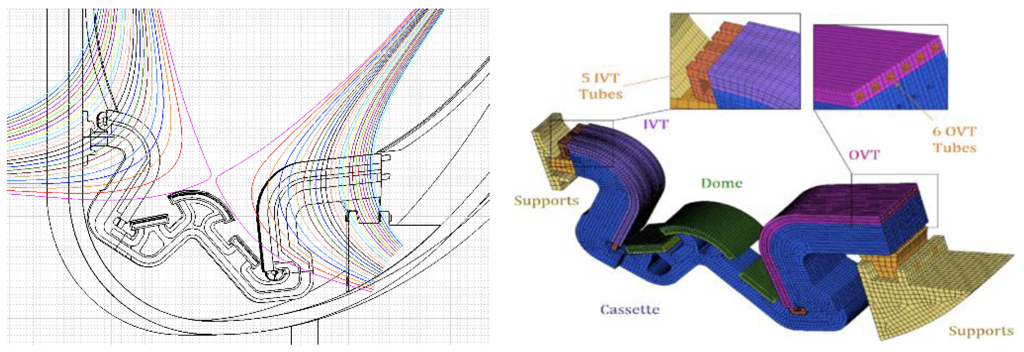
Several view of the Tokamak Divertor







